It’s a long climb up the 1,368 steps to the Shinto shrine at Kotohira. Many of the pilgrims are making comfort stops at the countless teahouses that line the route, but other worshippers break their journey at Kanamaru-za, the oldest surviving kabuki theatre in Japan.
Kabuki, with its vivid stock characters, juicy plots and sumptuous costumes, has always been the most popular and accessible of the Japanese theatrical traditions.
Already a subscriber? Log in
Subscribe for just $2 a week
Try a month of The Spectator Australia absolutely free and without commitment. Not only that but – if you choose to continue – you’ll pay just $2 a week for your first year.
- Unlimited access to spectator.com.au and app
- The weekly edition on the Spectator Australia app
- Spectator podcasts and newsletters
- Full access to spectator.co.uk
Unlock this article
Kabuki on Demand can be found at kabukiweb.net.
You might disagree with half of it, but you’ll enjoy reading all of it. Try your first month for free, then just $2 a week for the remainder of your first year.

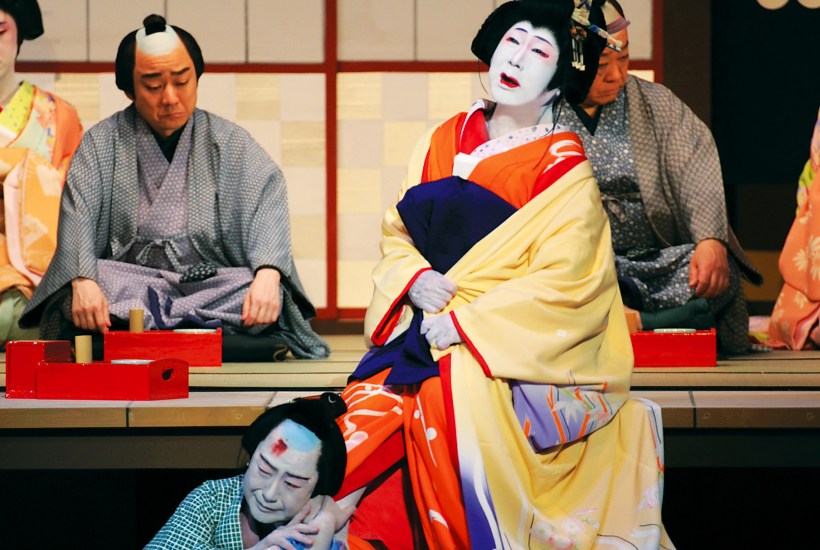
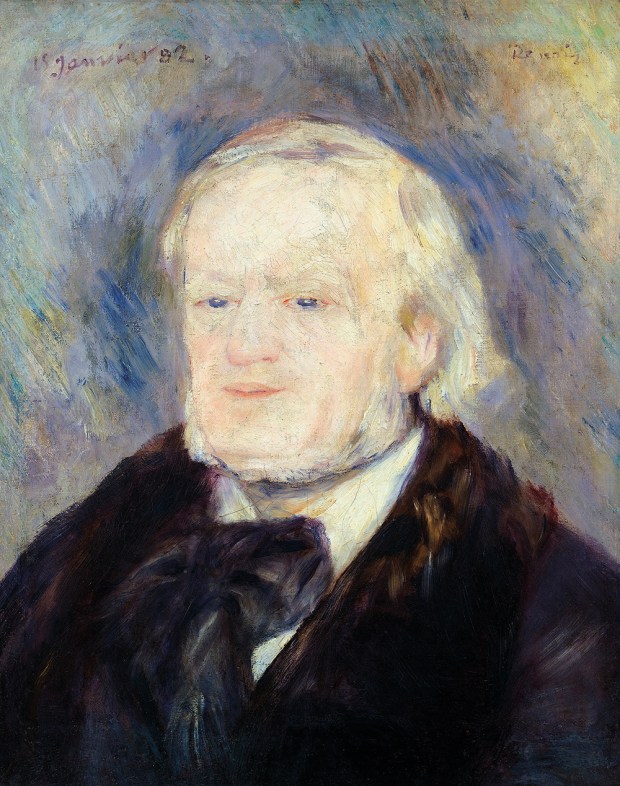
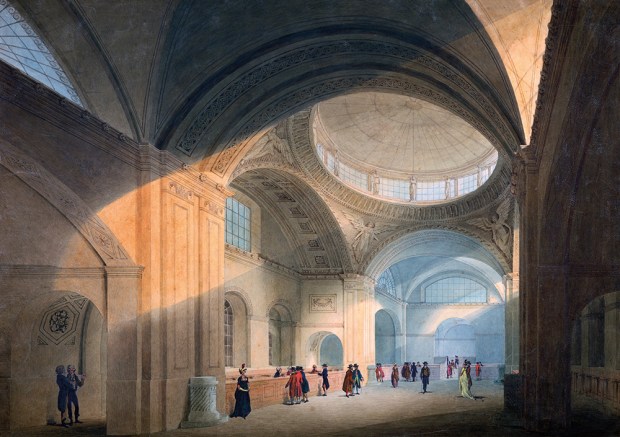
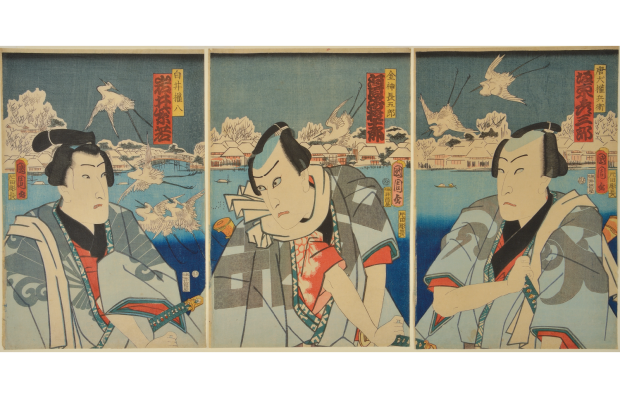
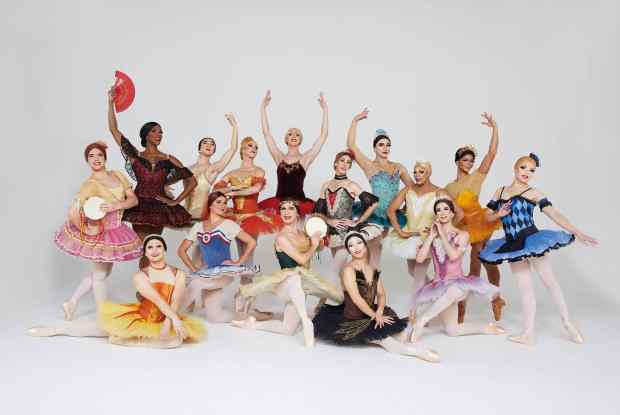
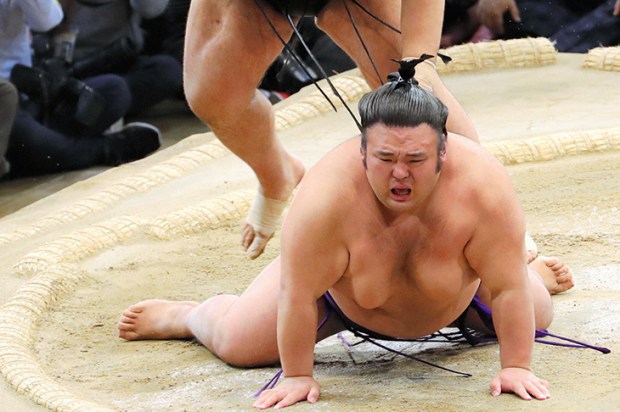
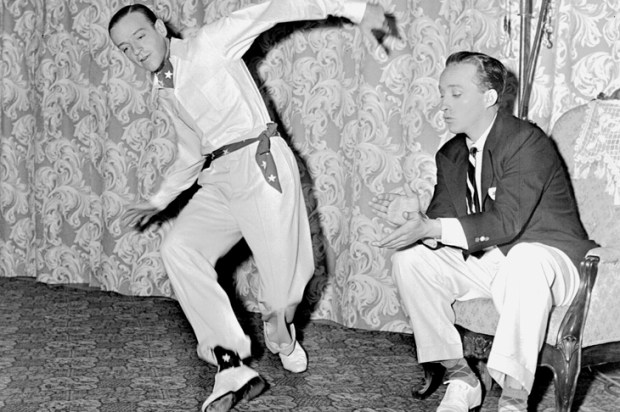






Comments
Don't miss out
Join the conversation with other Spectator Australia readers. Subscribe to leave a comment.
SUBSCRIBEAlready a subscriber? Log in